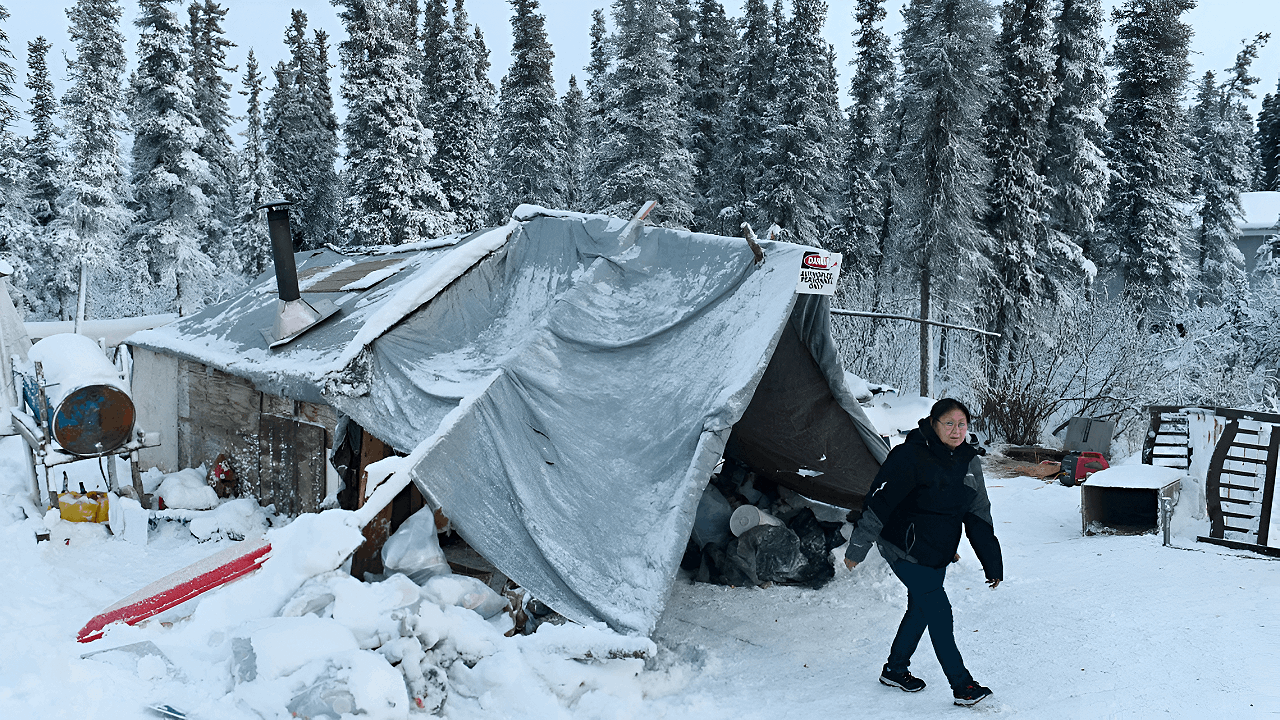
Typhoon Halong’s remnants made landfall in western Alaska in October 2025, unleashing destructive storm surge and winds of up to 100 mph. Over 2,000 Alaska Native residents were forced to relocate as a result, with over 90% of homes in villages like Kipnuk and Kwigillingok destroyed.
Governor Mike Dunleavy stated that many impacted residents will be displaced for at least 18 months. This catastrophe marks the first time typhoon remnants hit Alaska with such intensity, resulting in the largest mass evacuation of Native communities in Western Alaska.
The Historical Background of Alaskan Storms and Their Effects

Although Alaska’s indigenous villages have experienced severe weather in the past, no storm has ever arrived with Category 2 hurricane intensity. Typhoons typically become much weaker as they enter Arctic waters. The prolonged intensity of Halong is indicative of a climate anomaly brought on by the Arctic’s extraordinary warming, which permits tropical-strength storms to reach the far north.
The scale and severity of this event make it historic; previous disasters in Alaska were more isolated and localized.
The Crisis is Exacerbated by Geographic Isolation
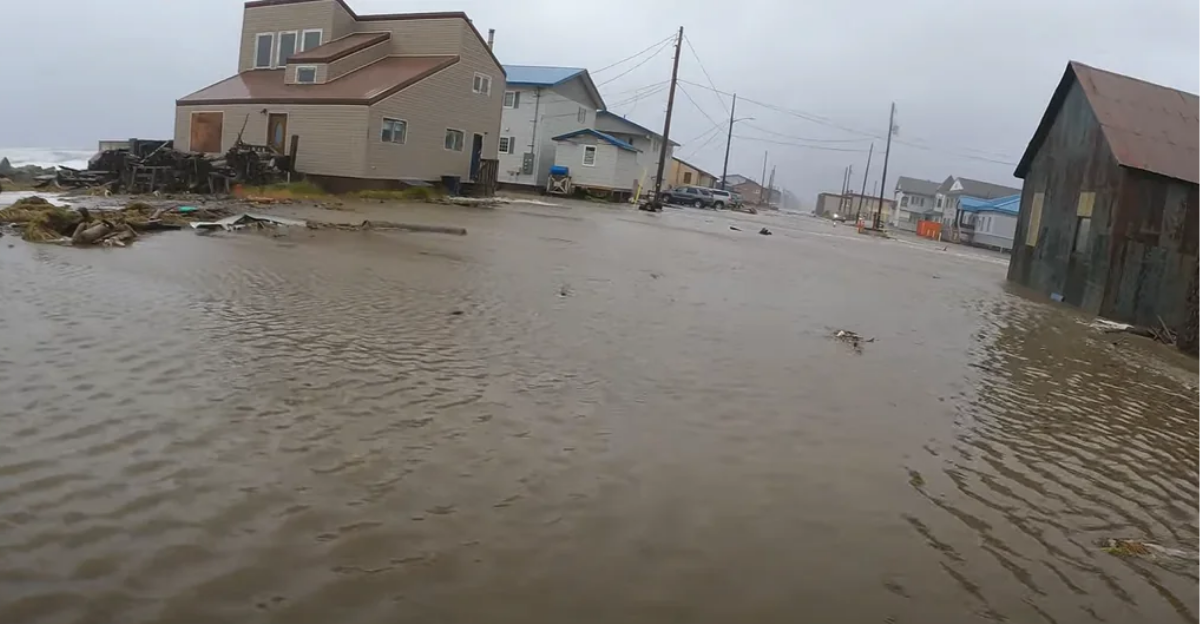
There are no road connections between the impacted villages of Kipnuk and Kwigillingok; they can only be reached by boat or airplane. The quick deployment of resources for relief and reconstruction is hampered by this geographic isolation. The cost of transporting food, fuel, and building supplies to dispersed communities becomes unaffordable, driving up rebuild costs to an estimated $200 million or higher.
Repair schedules are lengthy, particularly as the Arctic winter draws near and temperatures can drop as low as -40°F. Living in cramped shelters far from their ancestral home and customs, evacuees relocated to Anchorage also experience social dislocation and culture shock as a result of their isolation.
Impact of Social and Demographic Factors on Displaced Populations

Over 2,000 people, or about 8–10% of the population of the Western Alaska Yukon-Kuskokwim Delta, are displaced, including 500–700 children who have been taken away from their social networks and schools. Families living in overcrowded shelters in Anchorage experience homelessness, unemployment, and psychological stress due to the abrupt cultural shift.
The subsistence way of life that supports these communities’ physical and mental well-being has been suddenly taken away. Long-term displacement increases the risk of mental illness, which is exacerbated by uncertainty, the loss of social support networks, and grief over lost homes.
Connections between the Environment and Climate Change
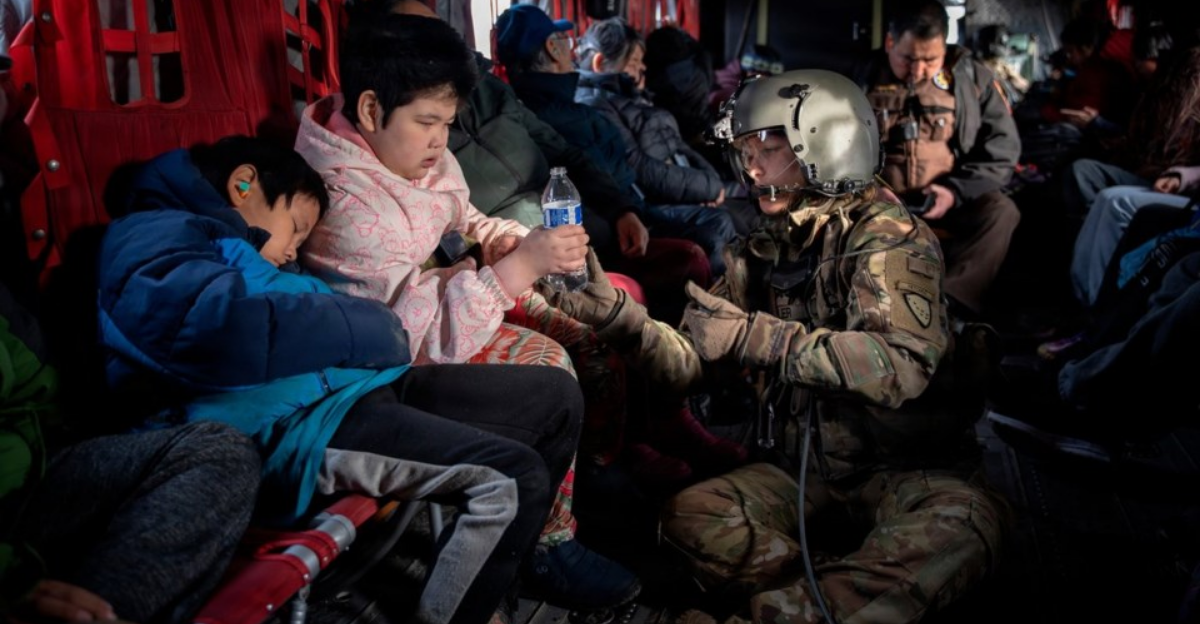
A climate milestone showing the expanding reach of tropical storms due to rising ocean surface temperatures, Halong’s arrival in Alaska with Category 2 strength is a clear sign of the Arctic’s rapid warming. Alaska Native communities are being exposed to new climate extremes that were previously thought to be unlikely due to this extraordinary event.
Tropical systems are able to maintain intensity far north due to melting sea ice and warmer waterways. In addition to worsening coastal erosion and endangering Alaska’s ecological balance, this also changes weather stability and makes the state more susceptible to future storms and flooding.
Government Response and Federal Aid Challenges

In order to secure vital funding and resources, Governor Mike Dunleavy asked the White House to declare a major disaster. He is currently awaiting federal approval. Delays in the federal response, however, highlight structural difficulties in dealing with distant, climate-related disasters. There are currently 575 evacuees in Anchorage shelters, and 1,600 are anticipated. displaced people’s influx puts a strain on the local infrastructure.
Relief planning is made more difficult by the estimated 18-month return timeline, since it is impossible to survive the winter without adequate housing. Although the federal government plays a vital role, political and administrative obstacles may cause aid to be delayed just when it is most needed. This disparity emphasizes the necessity of proactive measures to prepare for Arctic disasters and build the resilience of indigenous communities.
Considerations for Rebuilding the Economy and Infrastructure
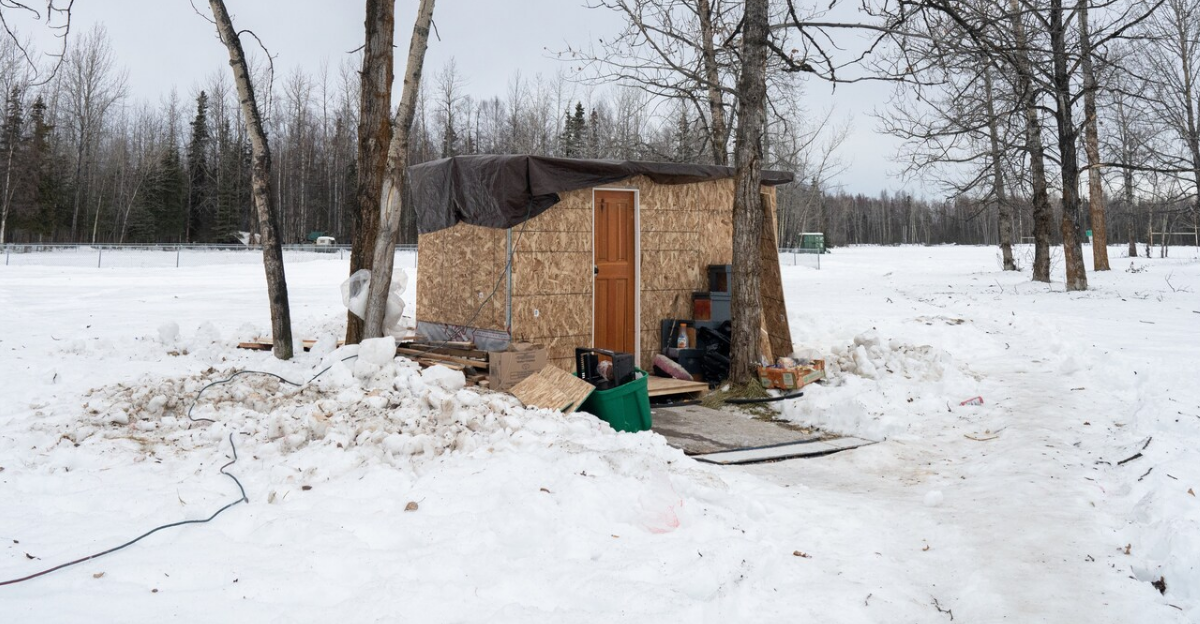
Due to logistical difficulties, remote location, and the unique requirements for Arctic-appropriate construction, the estimated $150–300 million cost of rebuilding damaged homes and infrastructure is higher than the average cost of rebuilding in the United States.
Materials for new homes must withstand permafrost, wind, and extremely cold temperatures. Restoring infrastructure, such as water, power, and roads, will raise costs even more. Because of its size and complexity, recovery will take longer than a typical hurricane. Indirect costs, such as lost livelihoods, diminished subsistence food supplies, and the permanent relocation of working-age populations, are also included in the economic toll. These costs have the potential to cause years-long economic instability in the region.
Cultural and Psychological Trauma in Indigenous Groups
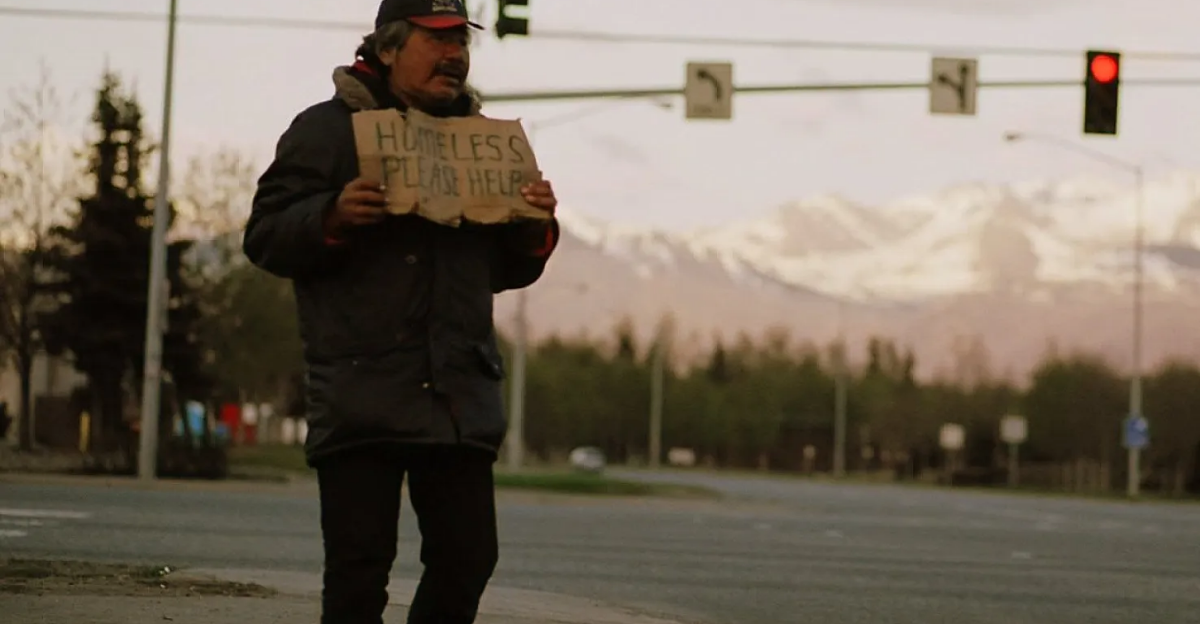
Being uprooted from one’s ancestral lands causes severe trauma. The identity of Indigenous peoples is closely linked to their land, subsistence farming, and now-disturbed cultural customs. Although this forced migration is rarely acknowledged domestically, it is a reflection of the global refugee crisis. Increases in depression, PTSD, substance abuse, and suicide can be brought on by the psychological toll of homelessness, uncertainty, and cultural erasure.
Displaced children’s resilience is weakened by interrupted education and community cohesion. Anchorage lacks adequate mental health services, and there is a pressing need for trauma-informed care that is culturally sensitive. In addition to material loss, the disaster symbolizes a cultural and psychological crisis that calls for comprehensive solutions that go beyond simple reconstruction.
Risks to Public Health During Extended Displacement

Inadequate housing and overcrowding in shelters raise the risk of infectious diseases, which are made worse by cold stress and malnutrition. Because of stress and substandard living conditions, evacuees are more susceptible to respiratory infections and flare-ups of chronic illnesses.
Anchorage’s medical systems struggle to keep up with demand, and access to healthcare in rural areas is still patchy. If people try to return too soon, the risk of hypothermia from the winter and unintentional deaths increases significantly. Requiring vaccination, chronic disease management, and emergency preparedness protocols specific to displaced Arctic peoples, public health logistics must adjust to the influx of climate refugees.
Villages’ Long-Term Survival After the Disaster

The viability of the village itself is at risk due to the destruction of homes and infrastructure. As displacement forces traditional subsistence economies to collapse, Kipnuk and Kwigillingok may face near-permanent abandonment. Due to expenses, climate risks, and population decline, reconstruction could take years or even decades. Communities may become fragmented if some residents decide to move permanently to urban Anchorage or other areas.
This loss signifies a change in indigenous ways of life and a kind of cultural extinction. Additionally, local biodiversity and conservation methods associated with indigenous stewardship are disrupted by the degradation of village ecosystems. Future regulations must take into account whether planned, sustainable relocation models are required or whether reconstruction is feasible.
The Devastation of Housing in Kipnuk

The rate of destruction in Kipnuk is astounding: 121 out of 134 homes were completely destroyed, making 90% of them uninhabitable. Residents witness entire household belongings being swept away or destroyed, causing them to experience unprecedented fear and loss. Some houses literally floated off their foundations or exploded. The traditional wooden plank homes in the village provided little protection from flooding and winds of up to 100 mph.
Some residents were evacuated too late, and those who stayed inside faced potentially fatal consequences. “We had no choice but to sit and watch if our house would survive,” one resident recalled. Kipnuk provides a warning story for communities of a similar nature by highlighting the susceptibility of isolated Arctic housing to extreme weather exacerbated by climate change.
The Shelter Crisis in Anchorage and Its Urban Effects

The largest city in Alaska, Anchorage, unexpectedly finds itself under humanitarian pressure as it houses between 575 and 1,600 evacuees in establishments like the Alaska Airlines Center. These emergency shelters are overcrowded and do not have the facilities necessary to accommodate extended stays for families used to independent, rural lives. As evacuees look for work, there are few opportunities that match subsistence skills, which puts additional strain on the economy.
The influx puts a strain on the community’s social services, medical facilities, and schools. As displaced populations and urban hosts adjust to one another’s needs, social tensions may develop. The crisis draws attention to the gaps between urban and rural areas as well as the difficulties in integrating climate refugees into the social and economic structures that are in place.
Possible Impact of a Second Order on Regional Stability
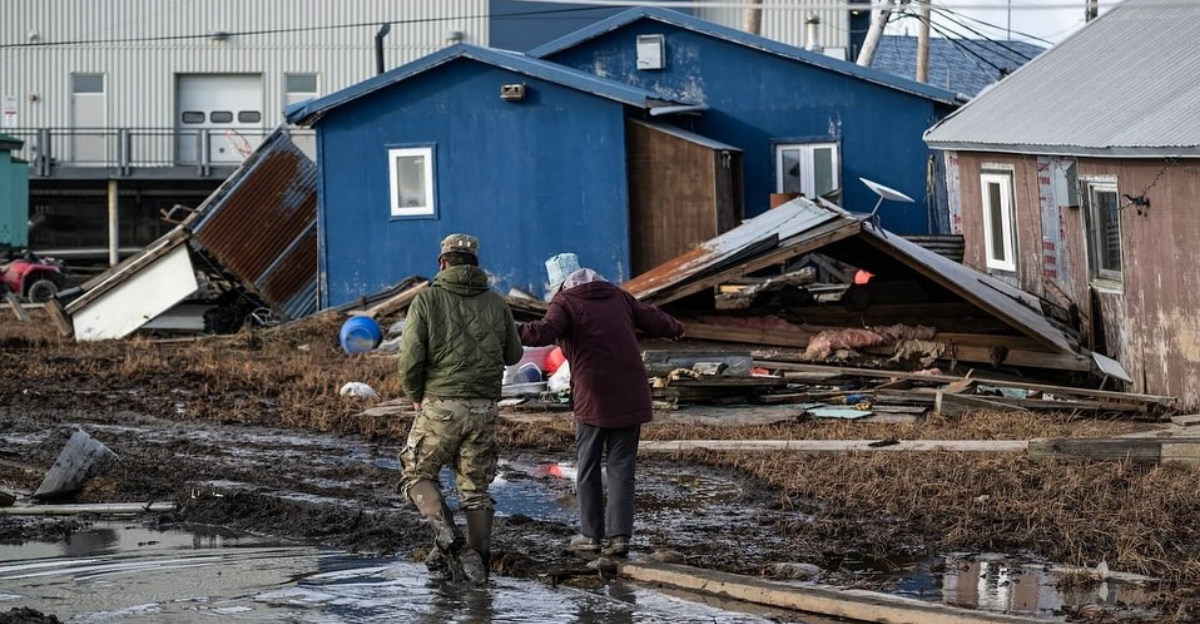
Beyond the immediate victims, the displacement poses a threat to social and economic stability. Food security in the Yukon-Kuskokwim Delta is impacted by the subsistence hunting and fishing industries, which face workforce depletion due to the displacement of nearly 10% of the local population.
Welfare and reliance on imported foods may increase. Funding and the continuation of cultural education are impacted when regional schools lose students. Other Alaskan hubs may experience the diaspora effect, which would raise the rates of homelessness and urban poverty.
A Different Perspective on Cultural Loss and Reconstruction
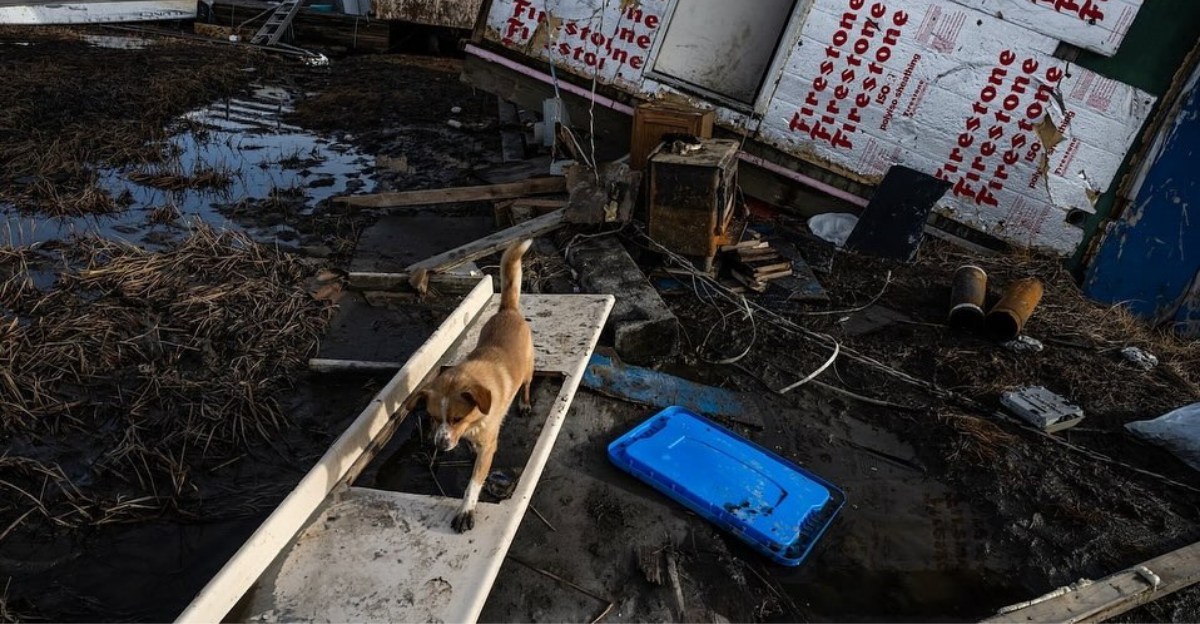
Rebuilding infrastructure is crucial, but some experts contend that permanent relocation may be inevitable due to climate change, indicating a “managed retreat” strategy. Rebuilding villages in increasingly unstable Arctic environments puts future generations at risk, according to this perspective, which challenges conventional recovery models. Relocation proponents contend that it might save lives at the expense of cultural displacement, requiring communities to adjust to new areas or urban life.
Critics warn that by destroying land-based identities, this poses a risk of cultural genocide. This argument emphasizes that not all disasters have tidy rebuild solutions and reflects the conflicts between survival, adaptation, and preservation in the era of the climate crisis.
An Immediate Need for Holistic Intervention
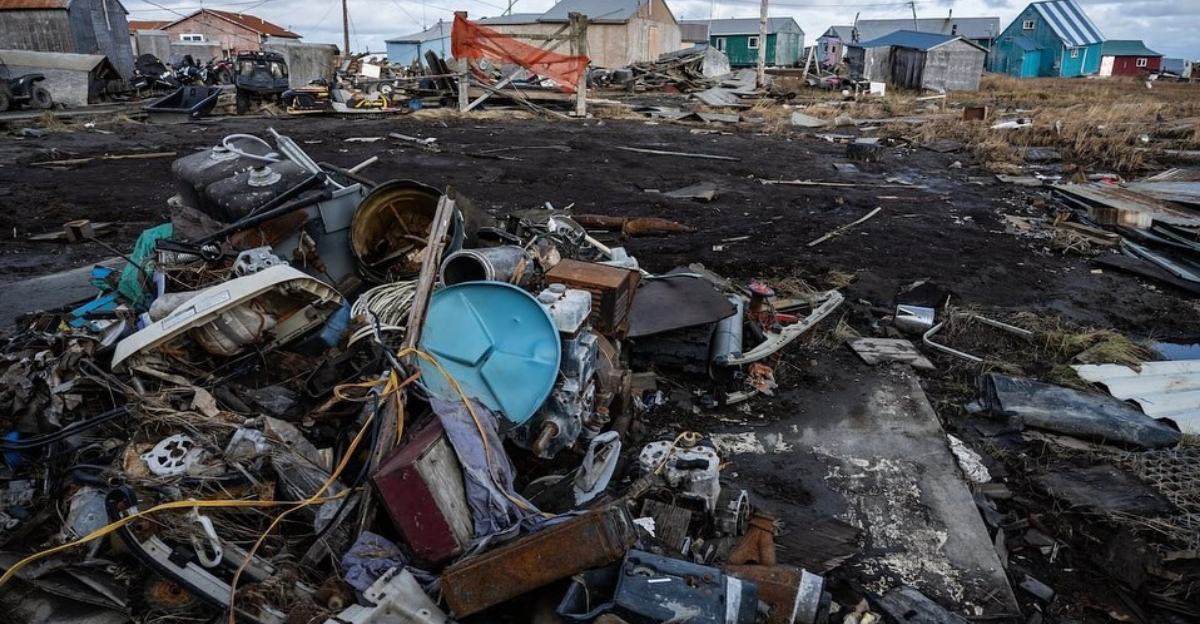
Typhoon Halong’s unprecedented attack on Alaska Native villages has resulted in a multifaceted homelessness crisis. It highlights the profound susceptibilities of Arctic communities to both infrastructure fragility and climate extremes. The 2,000 displaced people represent a population of climate refugees whose predicament necessitates immediate, culturally aware federal action in addition to emergency assistance. Recovery needs to combine cultural preservation, mental health care, and physical reconstruction in a way that takes future climate uncertainties into consideration.
The minimum displacement period of 18 months portends a protracted period of exile that may alter indigenous identities and regional stability. Alaska’s predicament serves as a warning to indigenous communities around the world who are being displaced by climate change and who urgently need creative, inclusive solutions.